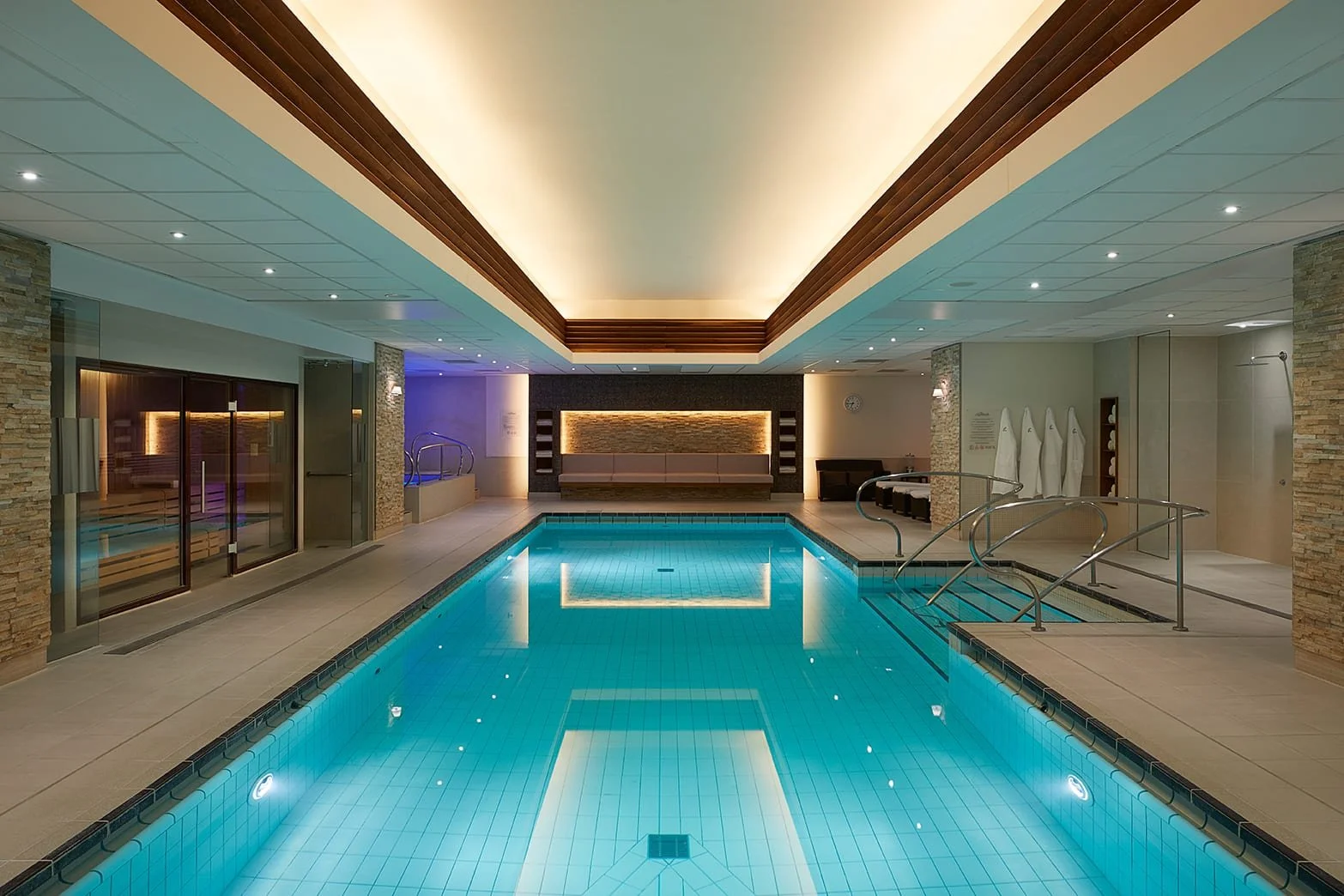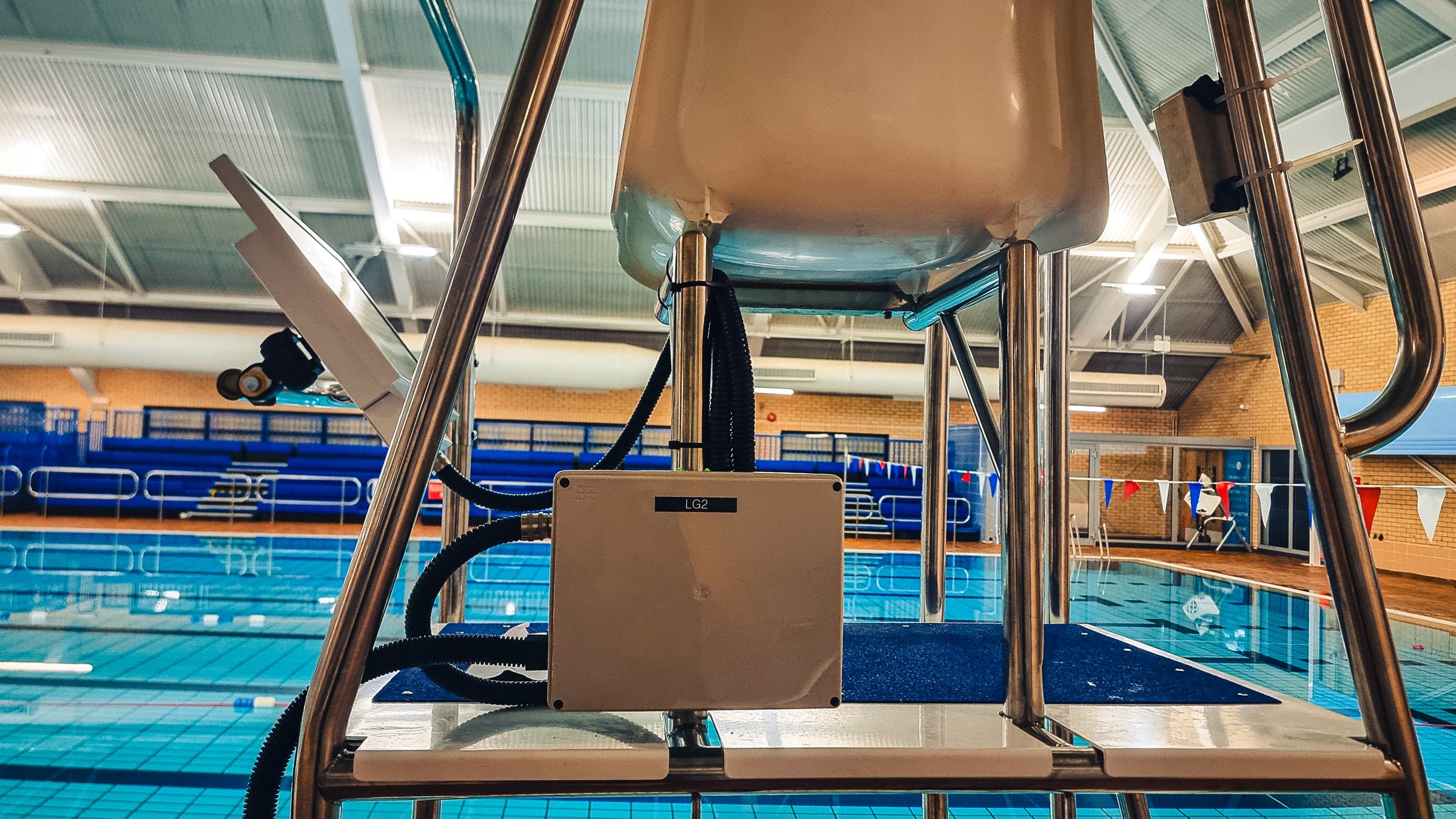We were recently asked a simple yet surprisingly thought-provoking question:
“In 10 years' time, do you think Assisted Lifeguard Technology will be like AEDs are today?”
Our quick-fire answer? Absolutely. But dig a little deeper, and there's more to unpack than a simple yes or no.
Let’s rewind a bit…
⚡ AEDs: From Hospital Giants to High-Street Heroes
Believe it or not, defibrillation has been saving lives for well over a century. But early on, it required hulking hospital machines and specialist training - definitely not something you’d find next to the crisps at your local leisure centre.
Fast forward a few decades, and Dr. Frank Pantridge rolled out the first portable defibrillator - although “portable” may have been generous. It weighed 70kg. Still, progress!
Then came the golden era:
Smart devices that only shocked when needed
Smaller, friendlier gadgets with voice prompts
Wider deployment thanks to training programs and public awareness
Now, AEDs sit comfortably in leisure centres, airports, offices, and refurbished telephone boxes ready for anyone to use confidently.
🛟 The Automated Monitoring and Detection Systems Journey: We're Not Far Behind
Automated Monitoring and Detection Systems (AMDS), formerly known as Drowning Detection Technology, are following a similar arc.
👓 First came passive tech: underwater cameras and mirrors to help lifeguards cover tricky blind spots.
🔔 Then came active systems: tech triggering alerts if swimmers stopped moving or dipped below the surface.
🧠 Enter AI era: Platforms now combine smart cameras and behavioural analysis to spot distress before it escalates.
The tech works - but it hasn’t quite hit the mainstream just yet.
So, What’s Holding AMDS Back?
Here’s the honest truth: AEDs didn’t become household names overnight, and neither will AMDS. But we’re getting there. Here’s what we think it’ll take:
🧪 A Few (Safe) Bumps in the Road
As humans, we tend to learn best from mistakes - not ideal in a safety setting, obviously. But real-world incidents (and near misses) often spark meaningful change. They highlight system strengths, reveal gaps, and guide improvements.
🎓 Training That Makes Sense
Like Pool Extraction Boards and use of auto injectors, AMDS needs to slot seamlessly into lifeguard training. Not just how it works - but why it matters, what to watch for, and how to get the best from it in a blended lifeguarding approach.
🧩 Tech That Doesn’t Run Away From Us
Rapid innovation is exciting… but it can leave us breathless. When tech outpaces our ability to adapt, confusion and resistance take root. We need tech that evolves with us, not ahead of us.
🛠️ So What’s Poolview Doing to Smooth the Ride?
Glad you asked!
Pace, not panic: We move steadily - not sluggishly - developing and testing ideas before releasing them, so adoption feels intuitive, not overwhelming.
Upgrades with grace: Our base systems evolve naturally. No clunky overhauls or invasive installs. Just neat, efficient improvements.
Training & support: Every install comes with hands-on training and ongoing support. Because no one should feel like they’re babysitting a robot.
🎯 Our Vision for 2035
We believe AMDS can follow in AEDs’ footsteps. Realistically, we’re probably 20 years behind instead of 10 - but the pace is accelerating. By 2035, our goal is for AMDS to be standard kit in every public pool - and to be built in as infrastructure in every new leisure build.
And hey, if AEDs can go from hospital goliaths to community staples, who's to say AMDS can’t do the same?










